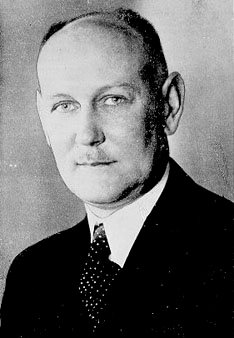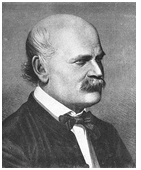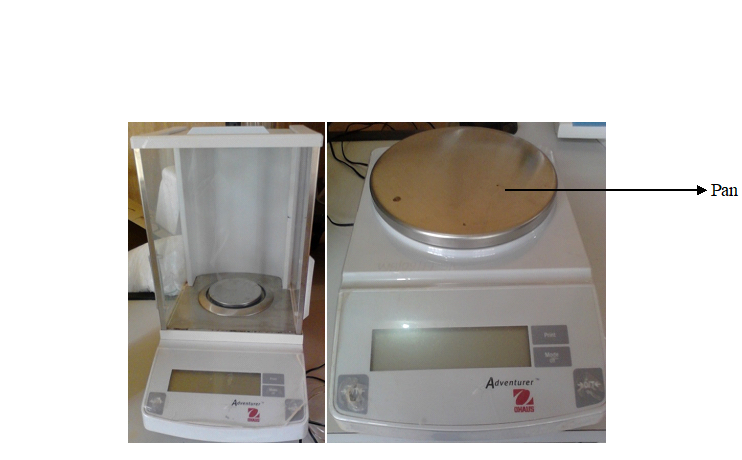Gerhard Domagk was a German pathologist and bacteriologist who reported in 1935 that prontosil (a red dye used for staining leather) was active against pathogenic Staphylococci and Streptococci in mice.
It was later that the two French scientists Jacques and Therese Trefonel discovered in the same year that prontosil was broken down within the body of the host to sulphanilamide (the active component of sulpha drug) which was the true active factor that exhibited antibacterial activity against pathogenic bacteria.
Domagk was credited with the discovery of Sulfonamidochrysoidine (KI-730) – the first commercially available synthetic antibiotic (which was marketed under the brand name Prontosil) for which he received the Nobel Prize for Medicine or Physiology in 1939.
Gerhard Domagk’s discovery of the sulpha drugs helped to launch a second wave of research on chemotherapeutic agents – which led to the discovery of other hundreds of new antibiotics for the treatment of several infectious diseases in humans and animals.
References
Barrett J.T (1998). Microbiology and Immunology Concepts. Philadelphia, PA: Lippincott-Raven Publishers. USA.
Beck R.W (2000). A chronology of microbiology in historical context. Washington, D.C.: ASM Press.
Brooks G.F., Butel J.S and Morse S.A (2004). Medical Microbiology, 23rd edition. McGraw Hill Publishers. USA. Pp. 248-260.
Chung K.T, Stevens Jr., S.E and Ferris D.H (1995). A chronology of events and pioneers of microbiology. SIM News, 45(1):3–13.
Summers W.C (2000). History of microbiology. In Encyclopedia of microbiology, vol. 2, J. Lederberg, editor, 677–97. San Diego: Academic Press.
Talaro, Kathleen P (2005). Foundations in Microbiology. 5th edition. McGraw-Hill Companies Inc., New York, USA.
Wainwright M (2003). An Alternative View of the Early History of Microbiology. Advances in applied microbiology. Advances in Applied Microbiology, 52:333–355.
Discover more from Microbiology Class
Subscribe to get the latest posts sent to your email.




